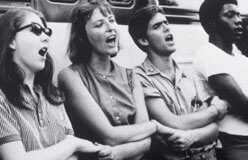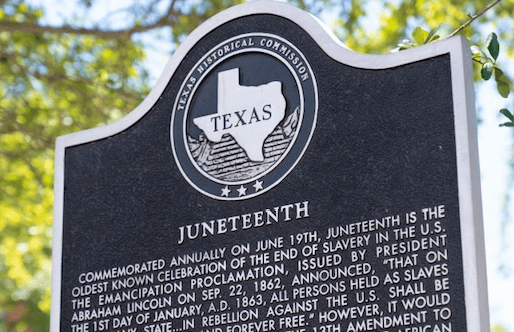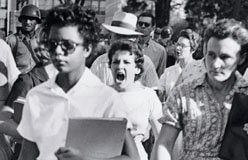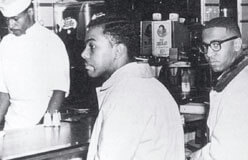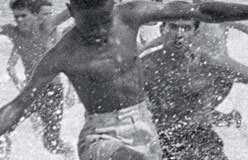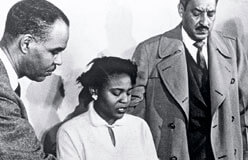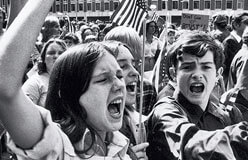Protests against segregation increased during World War II (1939–1945).
African Americans fought courageously in segregated military units abroad, and then were given the lowest paying jobs at home. Membership in the NAACP increased tenfold. And labor leader A. Philip Randolph threatened to head a march on Washington to protest discrimination in the military and in job hiring. After the war, African Americans continued to pressure the government to ensure their constitutional rights. The civil rights movement was born.
